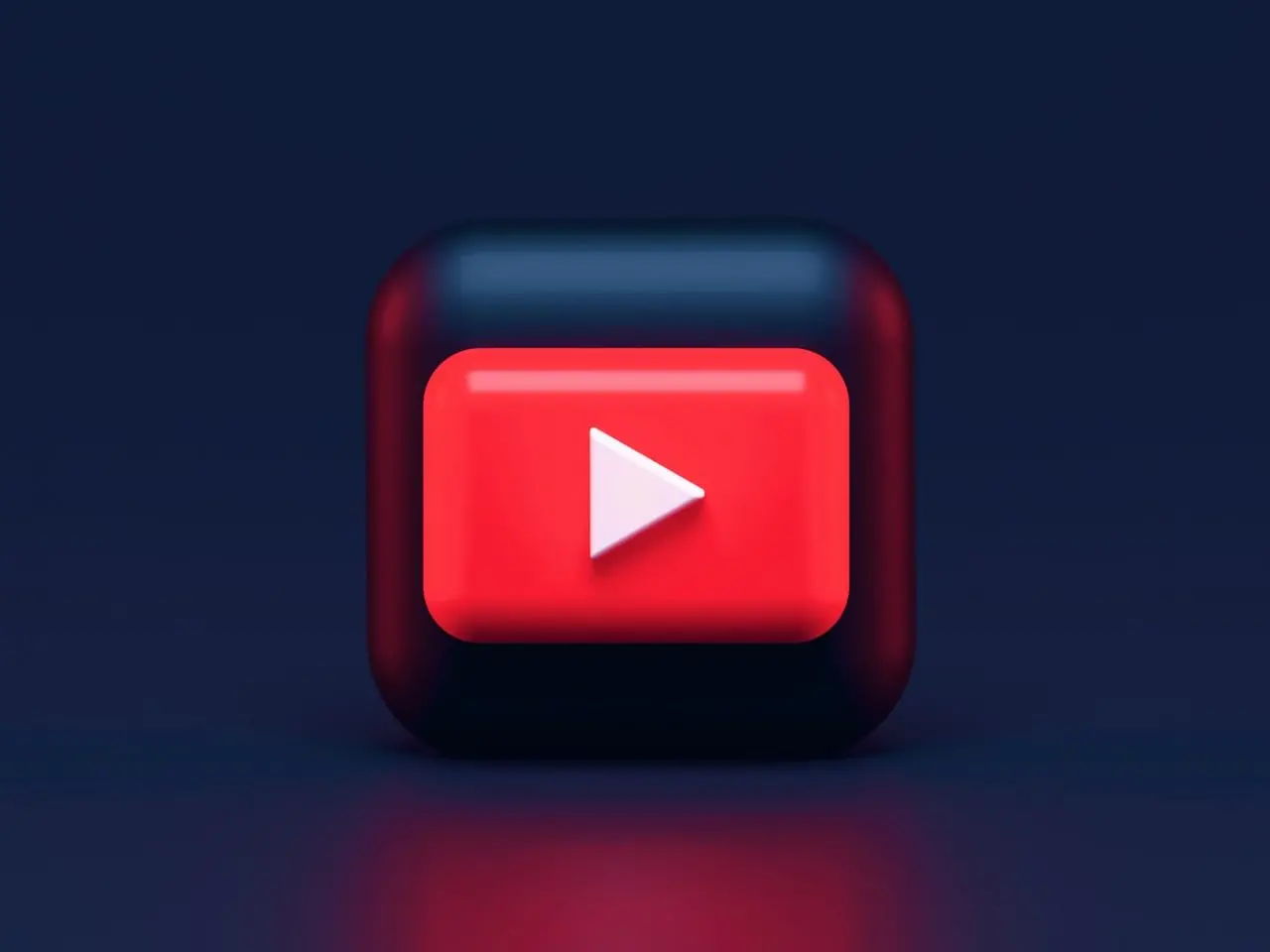What’s Narrative Design & Visual Storytelling?
Many people do not know a narrative design, though gamification elements are often used in explainer video production alongside motion design or animation. Today, narration and visual storytelling have become an integral part of the game dev and many other design branches, so it’s a focus of discussion.

What’s Narrative Design?
A narrative design may be viewed as a science that focuses on how to dwell on the story. History can always be told straightforwardly, but the narrative designer will divide it into many smaller parts so that it takes some shape in a conversation with the game user, revealing newer and newer story details, etc.
A narrative design exists not only to create complex plots: a good narrative designer can make the game or video interesting and exciting, using minimalistic and most laconic narratives.
In addition, another part of the audience, on the contrary, longs for a strong narrative. How many of your friends watched The Game of Thrones? Read fiction, go to the cinema? If there is such an acute need for good narrative in other areas, how can it not be among our video viewers? Yes, this is a niche target audience and a good visual story can attract and engage them too.
What’s Visual Storytelling?
A visual narrative (also storytelling visuals) is a story told primarily through visual media. The story may be told by means of still photography, motion design, illustration, or animated video and can be enhanced with graphics, music, voice and other audio.
Thus, narrative design and visual storytelling may be an excellent means of creating explainer video stories or adding gamification. Besides, if you need to produce a solid video with a scenario, you may need a narrative designer to make sure your project is well structured, interactive, and make sense to the viewer.
So, the narrative designer will be responsible for the narrative, which will be realized via using text, images, sound, and gameplay, etc.
What do Narrative Designers do?
The exact list of duties of the narrative designer varies from project to project. Still, some things remain regular: the narrative designer should defend the interests of the story in the video development process, create convincing elements of the narrative, and develop systems that convey these elements to the viewer or player if we make the game.
Since the narrative designer historically is more engaged in developing the game systems, it is logical to assume that this specialist should also understand the game design. It is crucial to understand that narrative design is a specialization within the Game Designer profession and not some separate discipline. Naturally, you cannot create the narrative mechanics for gamification without any understanding of how it works and why.
What about screenwriters? Is it the same with them? Do they make a skript? What do they do while working on videos?
How is a narrative designer different from a game screenwriter?
The game screenwriter creates a story using text, sound, and images. Storytellers have used these three expressive means for thousands of years in various spheres: all the types of art we know have been based on one or more combinations of several communication means.
A narrative designer, unlike a screenwriter, should also use gameplay as a narrative or storytelling visual tool. Gameplay is a unique narrative tool inherent only in games. So, it’s better to say that if you need an incredibly designed explainer video, storytelling will be the right term to apply, and visual storytelling will be the case to use rather than narrative design. Unless you create a mini-game as a project.
In both cases, however, it is important to deepen their knowledge in various forms of visual art and sociology or psychology in a broader sense. Everything that will help better understand what the narrative actually includes and how it affects.
Notes from the history
The term “narrative design” first appeared in 2006. Stephen E. Dinehart IV, who at that time worked at ThQ Nordic, was supposed to form a description of the work to hire someone into the team. This work consisted of determining how the project’s script under development would be presented visually. As a result, he chose the term “narrative designer” and took this position himself. Five years later, Monolith posted a vacancy with the same name, and in 2013 Microsoft officially introduced the term into use. Thus, a picture has become worth a thousand words.
Visual Storytelling Examples
What visual storytelling examples may you expose in your video projects? Here are some other forms of visual storytelling you may also include:
- Bar graphs.
- Column charts.
- Area charts.
- Instagram posts.
- Other social media covers.
- Short & long video explainers or documentaries, etc.
In small studios, a narrative designer can also help write dialogs and text content that is not recorded in a voice, such as descriptions of luxury products, weapons or texts of the user interface, etc. Their everyday tasks and their intersection with a wide range of authors’ labor vary greatly depending on the team’s project, studio, and size. If you’re interested in Explain Ninja designers’ help, you may contact and check out all the team skills and capacities, including storytelling and narrative design skills and tools.
Conclusion
Why do we even need a story in the top video explainers? Everything is simple: all people love stories. Stories have been the companions of mankind since the first primitive people began to master the language. It is easier for people to empathize with many important things and influence the viewers through the story. Here, the narrative design may be viewed as a fantastic means that focuses on how to dwell on the story and the storytelling visuals – on how it will be told primarily through visual media. Make the difference, choose your favorite design team at your dream motion graphics company and go ahead!


